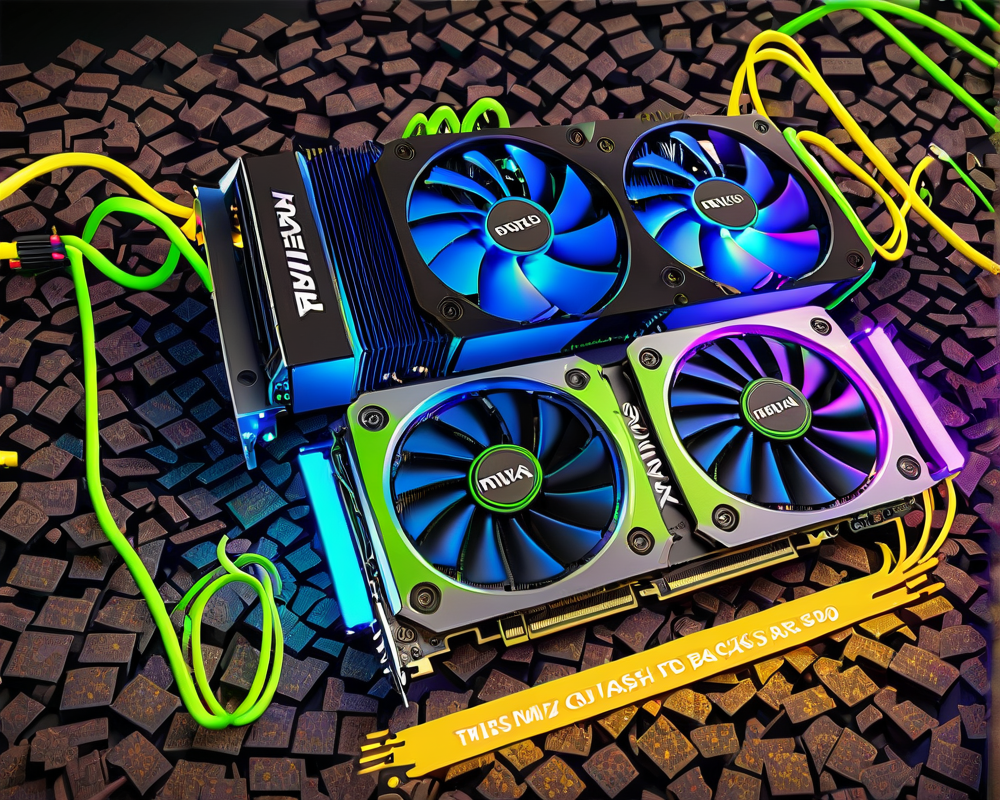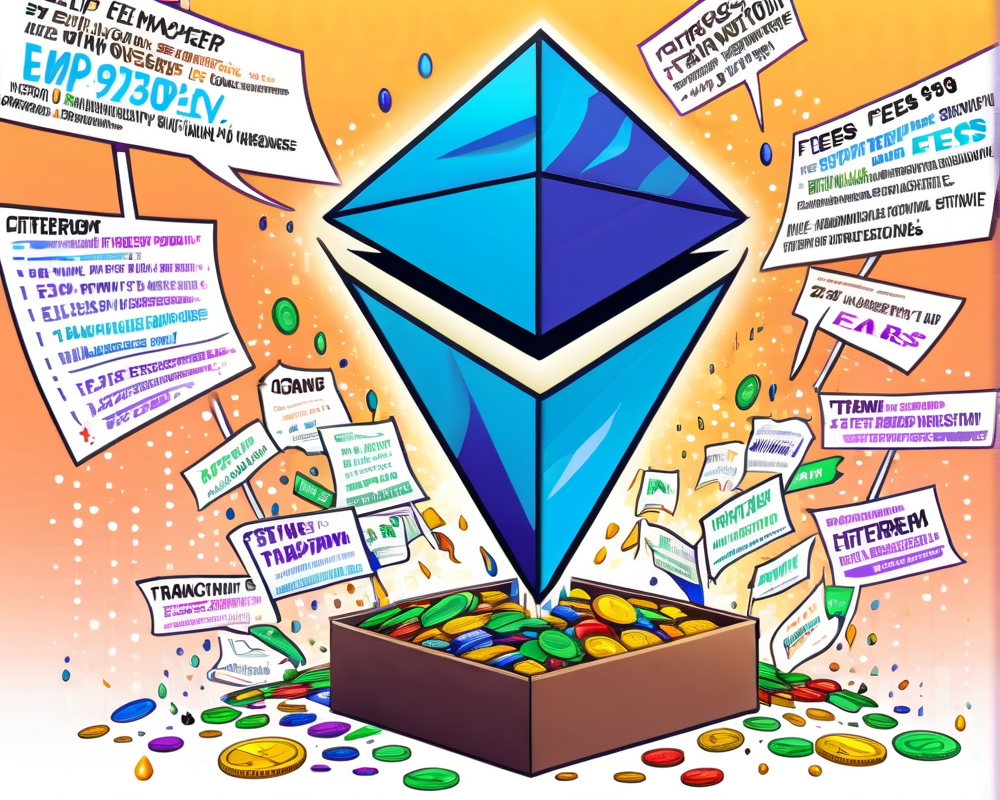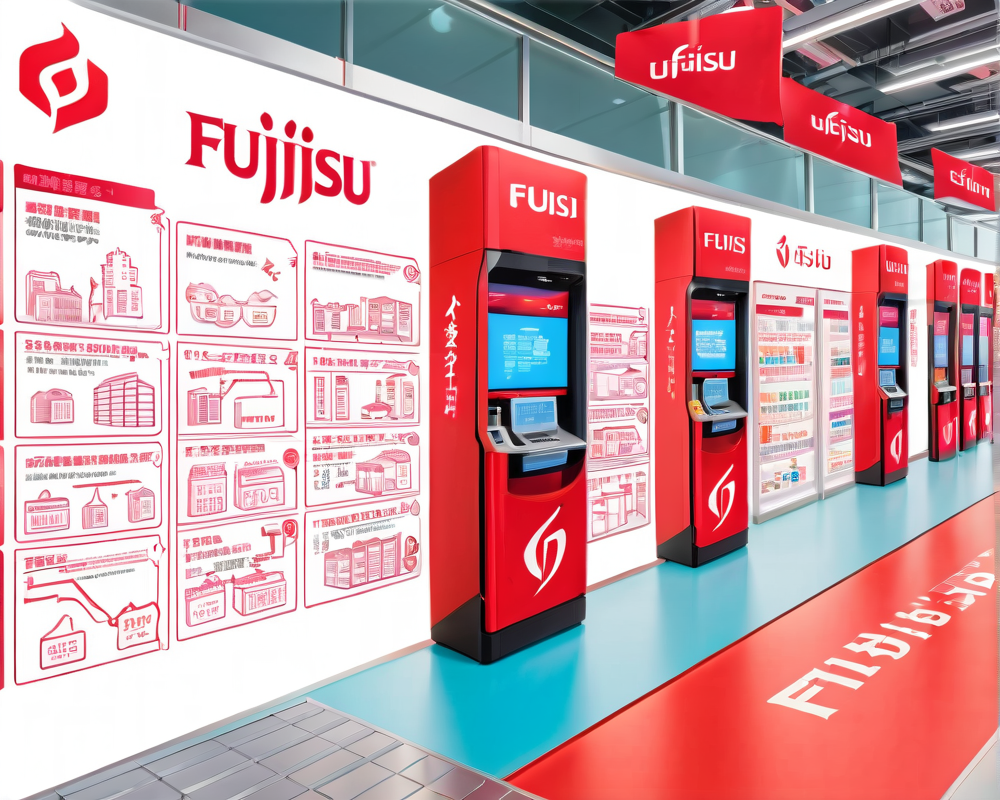The Shift from Mobile to Metaverse
Nokia has come a long way from being the go-to brand for flip phones. Today, it’s knee-deep in developing tech that powers the internet and is now wading into the metaverse pool, hoping to make waves.
Brewing Up Innovation
Picture this: a 5G-connected microbrewery where researchers in Australia and Germany collaborate using augmented reality. This is not your run-of-the-mill beer brewing session. At the University of Technology Sydney, researchers are tweaking brewing processes and sharing insights in real time, thanks to a digital twin that simulates brewing in a virtual space. As they adjust temperatures and recipes, their digital twin helps them ensure the beer is not just good, but perfect! Who knew beer could be so high-tech?
Taking Flight with Augmented Reality
Meanwhile, on the other side of the world in South Australia, Nokia is helping Cessna aircraft technicians in remote locations. Imagine standing next to a Cessna with a Microsoft HoloLens strapped to your head. It’s like having a mechanic in your ear, guiding you step-by-step on how to replace a wheel or fix an engine part. Joyce describes it as having a virtual assistant on steroids—kind of like Siri but with more horsepower!
The Industrial Metaverse: A Game Changer
Nokia’s chief strategy officer recently stated that the industrial metaverse is poised to impact industries more significantly than its consumer counterpart. Ports are already leveraging digital twins to monitor container logistics, while aerospace companies are virtually assembling aircraft components to ensure optimal performance long before physical production. Talk about taking a plane for a test flight without leaving your laptop!
Blockchain: The Backbone of Integrity
Now, let’s talk about blockchain. While Joyce acknowledges that it isn’t a fundamental necessity for all metaverse applications, he believes it’s crucial in cases where digital ownership matters. Imagining buying property next to Snoop Dogg sounds both exciting and ridiculous, but securing that virtual property with blockchain ensures no one can swipe it. As Joyce succinctly puts it, blockchain adds a layer of trust in the digital landscape, where everything could potentially be duplicated.
The Future is Bright, If Not Uncomfortable
Joyce mentions, however, that the consumer metaverse may not take off until around 2030. Why the wait? The current consumer devices tend to be clunky and uncomfortable—no one wants to be the person with a heavy headset strapped on their face for hours. But as tech evolves and augmented reality devices become more user-friendly, prepare for an explosion of metaverse-based experiences.




